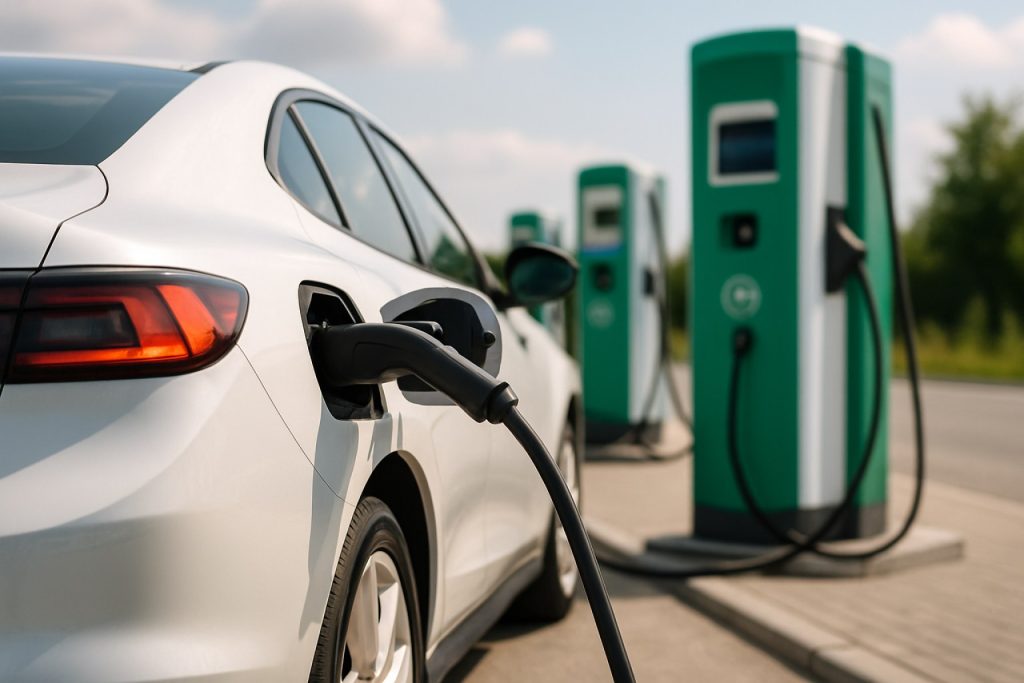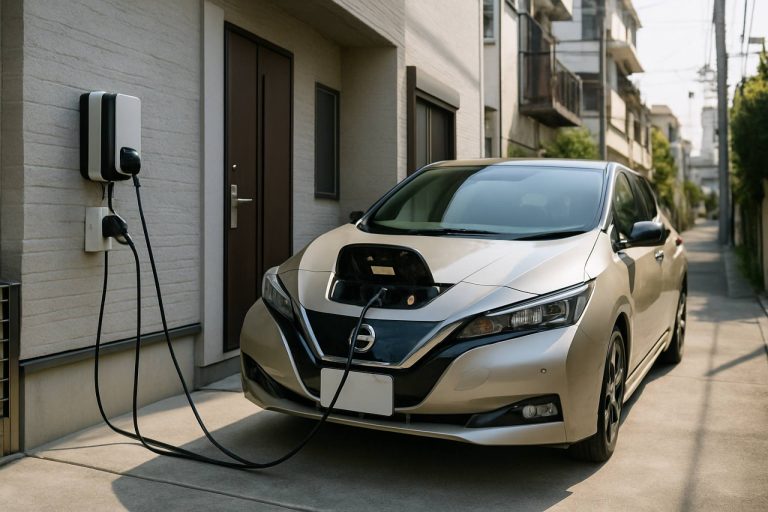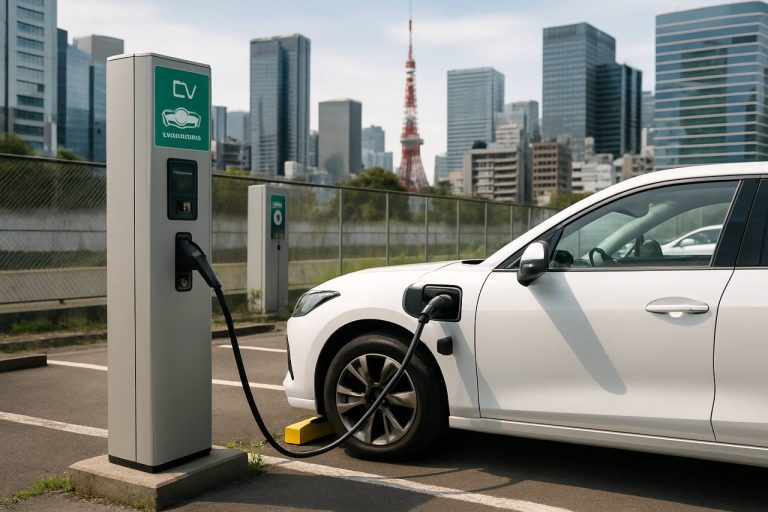
- Electric vehicle (EV) charging stations are rapidly expanding worldwide, driving major infrastructure growth and supporting the transition to cleaner transportation.
- European cities lead the revolution, with Norway and the Netherlands showcasing high EV adoption and innovative charging solutions, while the U.S. accelerates investment in fast-charging networks.
- DC fast charging and home charging technologies are making EV ownership more convenient, with quick charging times and increased accessibility.
- Connector standards like CCS and CHAdeMO, along with emerging trends like wireless charging and vehicle-to-grid (V2G) technology, are shaping the future of interoperability and smart energy use.
- Key challenges remain, such as grid capacity, installation costs, and standardization, but ongoing innovation and investment are overcoming barriers.
- The expansion of EV charging is central to reducing emissions, enabling smart cities, and reimagining sustainable urban mobility.
The world’s highways and cityscapes are quietly morphing into the arteries of a new electric age. Once the preserve of forward-looking early adopters, electric vehicles (EVs) are now sparking a global transformation—sharpening the focus on where and how their batteries get filled. Across continents, the demand for charging stations is igniting a construction boom, stretching from Oslo’s frosty streets to the sunbaked highways outside Los Angeles.
Charging stations now texture the urban landscape, their neon icons glowing next to gas pumps and convenience stores. Global forecasts predict that this market is surging toward annual double-digit growth, with some estimates projecting a staggering average rise of over 36% each year between 2025 and 2032. Such momentum isn’t just a statistic—it’s a harbinger of how the world intends to meet ambitious emissions targets, leapfrog into smart cities, and deliver a cleaner commute for millions.
Europe stands at the vanguard of this revolution. Cities like Amsterdam have transformed parking garages into high-tech charging hubs, while Norway’s relentless drive for carbon neutrality has pushed its EV market share past 80%, making oil-rich Scandinavia a poster child for green innovation. Germany and France are investing billions, tethered to the promise of a fossil-free future and sharper regulations that squeeze out petrol-powered vehicles. Visionaries there see charging networks not just as infrastructure, but as the backbone of a sweeping energy transition.
Meanwhile, Tesla and rival giants compete to outdo each other in both speed and accessibility. Supercharger networks, capable of delivering 200 miles of range in under 30 minutes, now dot Europe and North America. The U.S. is chasing Europe’s lead with aggressive federal spending, unlocking billions for station installation, while states from California to New York up the ante through fresh mandates and utility partnerships. The result? A patchwork of public, private, and home chargers, each playing a pivotal role in the broader system.
DC fast charging stations attract particular attention. These powerhouses slash charging downtime—a critical offering for the growing fleet of urban commuters and long-haul travelers—and their installations are scaling rapidly near highways and in high-traffic zones. Not to be outdone, home charging solutions are also multiplying, spurred by falling hardware costs and incentive-laden government programs. In many cities, the ability to plug in overnight is becoming as routine as parking a car in the driveway.
Connector standards like CHAdeMO and CCS—once a confusing tangle for consumers—are now central to ongoing debates about interoperability and convenience. Automakers and energy companies are racing to agree on common platforms to smooth travel across countries and regions. Meanwhile, whisperings of futuristic technology—wireless charging mats that promise a cable-free experience and vehicle-to-grid (V2G) systems that allow EVs to provide backup power—signal the next great leap.
Ambitious as this vision is, obstacles persist. Grid capacity, installation costs, vandalism, and uneven standards can frustrate users and slow progress, especially in rural or developing areas. ROI uncertainties still hover for investors in regions with sluggish EV adoption.
Yet, the promise lingers. Charging stations aren’t merely refueling depots. As smart city concepts germinate, these hubs increasingly double as data nodes, energy storage units, and even sites for renewable power generation—integrating on-site solar and wind like never before.
Large players such as ABB, ChargePoint, Schneider Electric, and upstarts alike are pouring capital into new models—mobile chargers, subscription-based “charging-as-a-service,” and ultra-fast urban networks. Every innovation edges the world closer to the tipping point where electric mobility becomes the default, not an exception.
Here’s the powerful takeaway: Access to fast, reliable, and sustainable charging is the linchpin for the electric vehicle revolution. The infrastructure boom is not just about keeping cars running—it’s about propelling economies, reducing emissions, and reimagining how we move through our cities and lives.
As global momentum builds, the choices made now—in standards, technology, and investment—will define the rhythms of tomorrow’s travel and the sustainability of future generations.
For more on these sweeping shifts, explore resources at Tesla and leading industry sites. The world is shifting gears. Are you ready for the ride?
Revealed: Hidden Realities and Powerful Secrets Fueling the Global EV Charging Revolution
The Electric Vehicle Charging Boom: Expert Insights, What’s Next, and Must-Know Life Hacks
The global electric vehicle (EV) charging infrastructure market is experiencing unprecedented growth, underpinning the massive shift away from fossil fuels toward cleaner, more connected mobility. Yet, beyond the surface-level talk of charging speeds and government incentives, a complex web of technology, regulation, and business innovation is driving the future of transportation. Here’s what you need to know—including insider industry trends, actionable hacks, predicted market shifts, and answers to the burning questions most EV-curious drivers have.
EV Charging Market: Behind the Numbers
– Explosive Growth & Market Size: According to Precedence Research and MarketsandMarkets, the global EV charging infrastructure market is projected to hit over $150 billion by 2032, growing at a CAGR of more than 36% from 2025 onward.
– Regional Leaders: Europe leads in public charging points per capita, but China boasts the highest absolute number of chargers (over 1.15 million by 2023, per IEA), dwarfing networks in the U.S. and EU.
– Home Charging Dominance: Up to 80% of EV charging still occurs at home—highlighting the importance of accessible, affordable residential solutions (IEA Global EV Outlook 2023).
– Ultra-Fast Charging: “Supercharger” networks (e.g., Tesla, Ionity, Electrify America) are rolling out 350kW+ chargers—enabling compatible models to add 200 miles in 10–15 minutes.
How-To: Futureproof Your EV Charging
1. Know Your Plug: Identify your car’s connector type (CCS, CHAdeMO, Tesla NACS) before road trips.
2. Find Real-Time Info: Use trusted apps like PlugShare, ChargePoint, or in-car navigation to locate operational, available chargers—crowd-sourced reviews help spot outages.
3. Beat Congestion: Fast charging sites get busiest from 4–8pm; plan trips outside peak hours.
4. Tap Incentives: Many governments offer rebates for installing home chargers—visit local energy provider or government portals.
5. Optimize Battery Health: For daily driving, keep charging to 80–90% rather than 100% to extend battery life.
Key Features, Specs & Comparisons
– Charging Levels Explained:
– Level 1 (120V): ~3–5 miles/hour. Plugs into standard outlets. Best for hybrids/emergencies.
– Level 2 (240V): ~15–50 miles/hour. Ideal for homes, parking lots. Most popular for daily users.
– Level 3/DC Fast Charging: 80% charge in 20–45 min. Found on highways & commercial locations.
– Network Interoperability: Tesla has begun opening its Superchargers to non-Tesla vehicles (U.S. and Europe), but not all stalls support every plug type. Apps or RFID cards may be required (see: PlugShare).
– Cost to Charge: Public fast charging can cost 10–35 cents/kWh in the US, or roughly $10–$30 for a full charge (~250 miles), sometimes higher than home rates (EIA data).
Sustainability, Security & V2G
– Renewable Integration: Many new stations (Tesla, Enel X, Shell Recharge) integrate solar power or source green electricity. Some begin to store excess energy for local grid support, lowering emissions further.
– Vehicle-To-Grid (V2G): Pilots in the UK, U.S., and Japan allow EVs to discharge power back to the grid, supporting blackout management and grid balancing (Nissan, Hyundai, Nuvve).
– Security: Modern chargers deploy encryption, PIN code access, and real-time monitoring for payment security and vandalism prevention.
Controversies & Limitations
– Charging Deserts: Rural and low-income urban areas still lack dense public charging. U.S. Bipartisan Infrastructure Law aims to address these gaps by deploying stations every 50 miles along major highways.
– Grid Strain: High-usage fast chargers cluster can pressure local grids, requiring smart load management and energy storage integration. (Source: IEA)
– Standard Woes: Europe is gravitating to CCS2; U.S. is moving toward the Unified NACS (Tesla) standard. But legacy CHAdeMO and region-specific adapters persist, causing confusion and compatibility headaches.
– Durability Issues: Vandalism and extreme weather (freezing, flooding) can impact charger uptime, especially in public locations (NY Times reports).
Predictions, Real-World Use & Industry Trends
– Urban Integration: Charging points in smart lampposts and curbside pop-ups (e.g., Ubitricity, Shell Recharge) will dominate city streets by 2027.
– Charging-as-a-Service (CaaS): Subscription models like ChargePoint, BP Pulse, and EVgo offer fixed rates for unlimited charges—appealing to fleet and rideshare operators.
– Wireless Charging: Pilot projects (Witricity, Electreon) show promise for taxis/buses but are not yet mainstream; by 2030, expect wide rollout in select cities.
– EV Charging + Retail: Starbucks and 7-Eleven are integrating fast chargers into locations, offering deals to attract EV drivers and increase “dwell time” purchases.
Pros & Cons Overview
Pros:
– Slashes transportation emissions (source: EPA).
– Energy costs ~60% lower per mile vs. gas (U.S. DOE).
– Quiet, clean, and eligible for incentives.
– Updatable via software for better features.
Cons:
– Range anxiety: Still an issue for long-haul travelers in areas without robust station density.
– High upfront costs for home and ultra-fast chargers (can exceed $1000 installed).
– Charger downtime, vandalism, or power outages can strand users if alternatives are unavailable.
– Not all stations are accessible or ADA-compliant.
Actionable Recommendations & Quick Tips
1. Always carry an adapter: Especially if traveling across regions or using non-brand chargers.
2. Pre-check station status: Use real-time data apps to avoid non-functional or busy chargers.
3. Consider portable power: Emerging portable DC chargers (EcoFlow, ZipCharge) offer emergency backup for peace of mind.
4. Apply for rebates: Search your city or state website before purchasing a home charger.
5. Join community networks: Forums (e.g., InsideEVs, Reddit r/electricvehicles) share trusted advice, new station openings, and “hidden gem” chargers.
For More Information & Expert Resources:
– Compare networks and charger models at Tesla and other manufacturer sites for official updates.
– Stay tuned to the International Energy Agency for global market data.
– Visit the U.S. Department of Energy for home charging guidelines and local incentives info.
– Check PlugShare for community-verified charger maps.
Are You Ready to Charge Ahead?
The EV charging infrastructure is evolving at breakneck speed. Staying informed and proactive—by leveraging incentives, choosing compatible hardware, and using real-time data—can save money, minimize downtime, and maximize the green returns from your EV investment. The age of electric mobility is here—get plugged in!
—
Related Keywords: EV charging infrastructure, fast charging, home EV charging, charging station networks, vehicle-to-grid, wireless charging, charging standards, EV rebates, electric mobility trends
For more news and updates from a leading innovator, visit Tesla.



